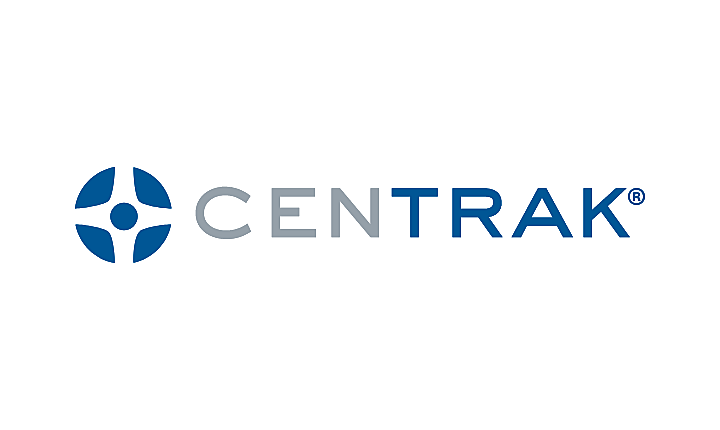Real Time Location System Solutions to Improve Healthcare Processes

Author: Joanna Wyganowska, MBA, PMP | Senior Director, Commercial Marketing at CenTrak
“There is always room for improvement” was my high-school coach’s favorite saying, and he was right. If we don’t actively search for ways to become better, we become stagnant, and soon we move backwards instead of forwards as others who strive for excellence pass us.
The same philosophy applies to business operations. There are always processes that can be optimized to make your operations more efficient, to the benefit of your patients, your staff, and your organization.
One of the tools that can truly change how your organization operates is a Real-Time Location System (RTLS). Today, I would like to share with you how to leverage Real-Time Location Systems using the Six Sigma DMAIC process.
DMAIC is the acronym for the Six Sigma process phases:
D = Define
M = Measure
A = Analyze
I = Improve
C = Control
These phases define a common and structured approach to solving a problem. There are some primary activities associated with each phase; let’s take a closer look at what DMAIC is and how RTLS can be leveraged at each phase of the DMAIC process.
DMAIC: Define
The first phase of DMAIC aims to define the problem statement and plan the improvement initiative. Ideally, it should also quantify the level of “pain”. Although it is not hard to identify burning problems, the ability to measure their size is often quite difficult. When organizations have access to Real-Time Location data, it is easy to identify the problem, define the problem statement, and set goals for improvements. Because RTLS data is collected automatically and stored for as long as needed, accessing it is straightforward and provides quantifiable information for defining the scope of the issue. For example, with RTLS you can understand if you have issues with wait times, assets utilization, or bottlenecks in operational processes such as room turnover.
DMAIC: Measure
In the second phase of DMAIC we collect data from the existing process and establish valid and reliable metrics to help monitor progress towards the goal defined in the previous step. It is important that the measurements are accurate, because unreliable data collection defeats the purpose of Six Sigma, which is a data-driven approach. Many of us have experienced how painful and time-consuming it is to measure processes with a stopwatch, or how cumbersome it is to dig through piles of paper documents or dispersed spreadsheets to get the needed data. However, the biggest problem is that this data provided just a small glimpse of what was going on. With RTLS, the data is automatically collected, through various sensors located in the facility and location badges worn by staff and patients. What is even more important is that the data is accurate and not skewed by the fact that someone is “watching” and measuring the process. The data also represents all times of the day and days of the week, times that otherwise are very difficult to monitor.
DMAIC: Analyze
The third phase of DMAIC studies the business process and the data generated to understand the root causes of the problem. Because the goal of this phase is to analyze the process to identify ways to eliminate the gap between current performance and the desired goal, having access to RTLS data is remarkable. RTLS provides direct access to data through built-in reports, and the data can also be retrieved to use in external analytical tools, such as Tableau or Qlik, to arrive at validated root causes of the problem.
DMAIC: Improve
In the fourth phase we identify possible improvement actions, prioritize them, test the improvements, and finalize the improvement action plan. This is the stage where we find and test new ways to do things better, cheaper, or faster. Having a Real-Time Locations System enables you to immediately see the results of applied process changes and validate the right course of action. I cannot emphasize enough the importance of rapid feedback, and this is possible with RTLS.
DMAIC: Control
The fifth and last phase of DMAIC is Control. This phase of DMAIC aims to ensure the full-scale implementation of the improvement action plan by setting up controls to monitor the system so gains are sustained. This process becomes streamlined when organizations have an RTLS system in place for patient tracking because data is collected in an ongoing and automated way to monitor the stability of the new process.
Following the DMAIC approach of Six Sigma is a proven way to take a structured, data-driven approach to problem-solving. By leveraging a Real-Time Location System, your organization can enable an evidence-based process changes approach instead of depending on your instincts.
If you would like to learn how you can incorporate your existing RTLS system into your process improvement processes, or would like to discuss how to introduce an RTLS system to your organization, please feel free to reach out to me. I would be delighted to share with you how other healthcare organizations are leveraging real-time data on the path to excellence.






